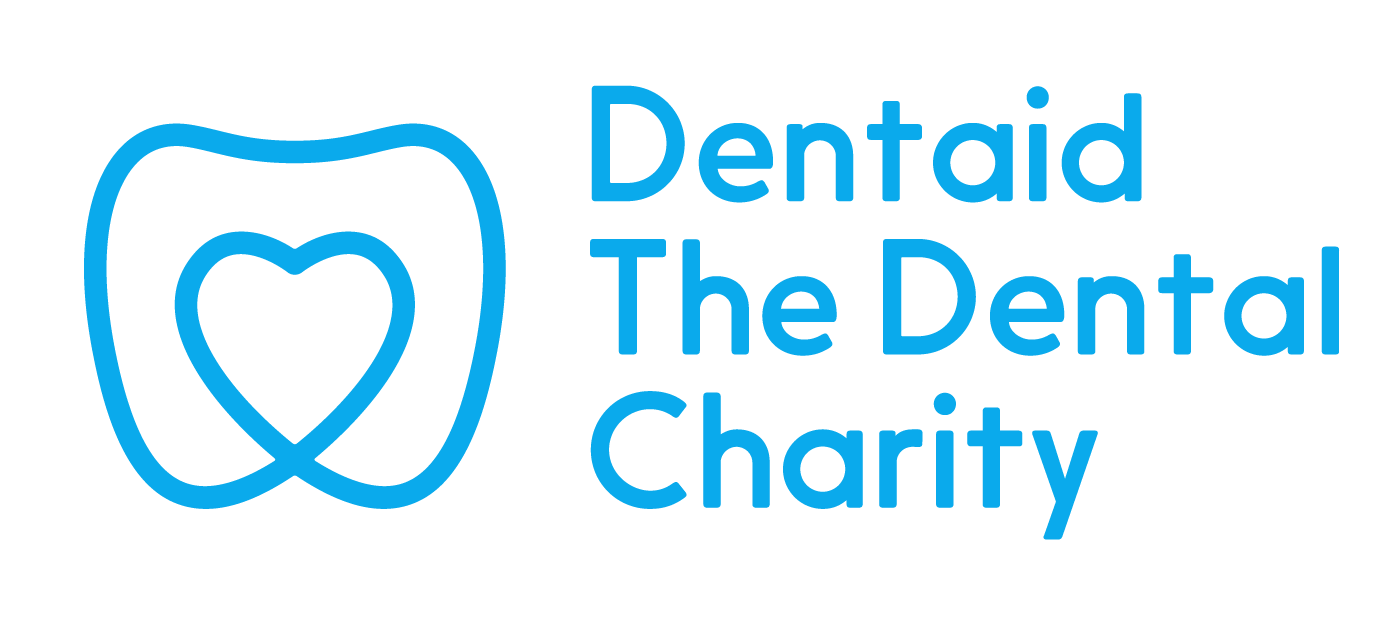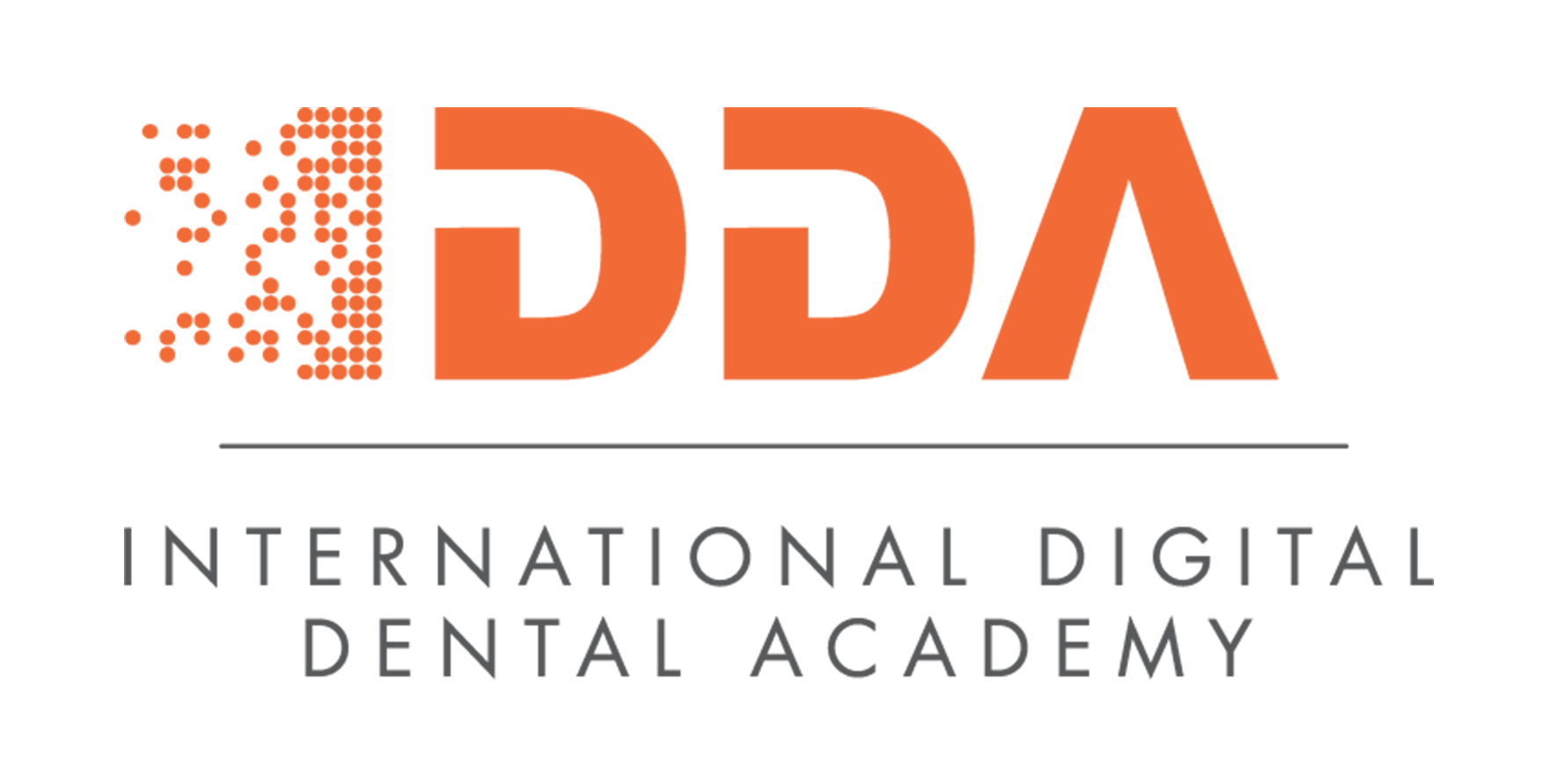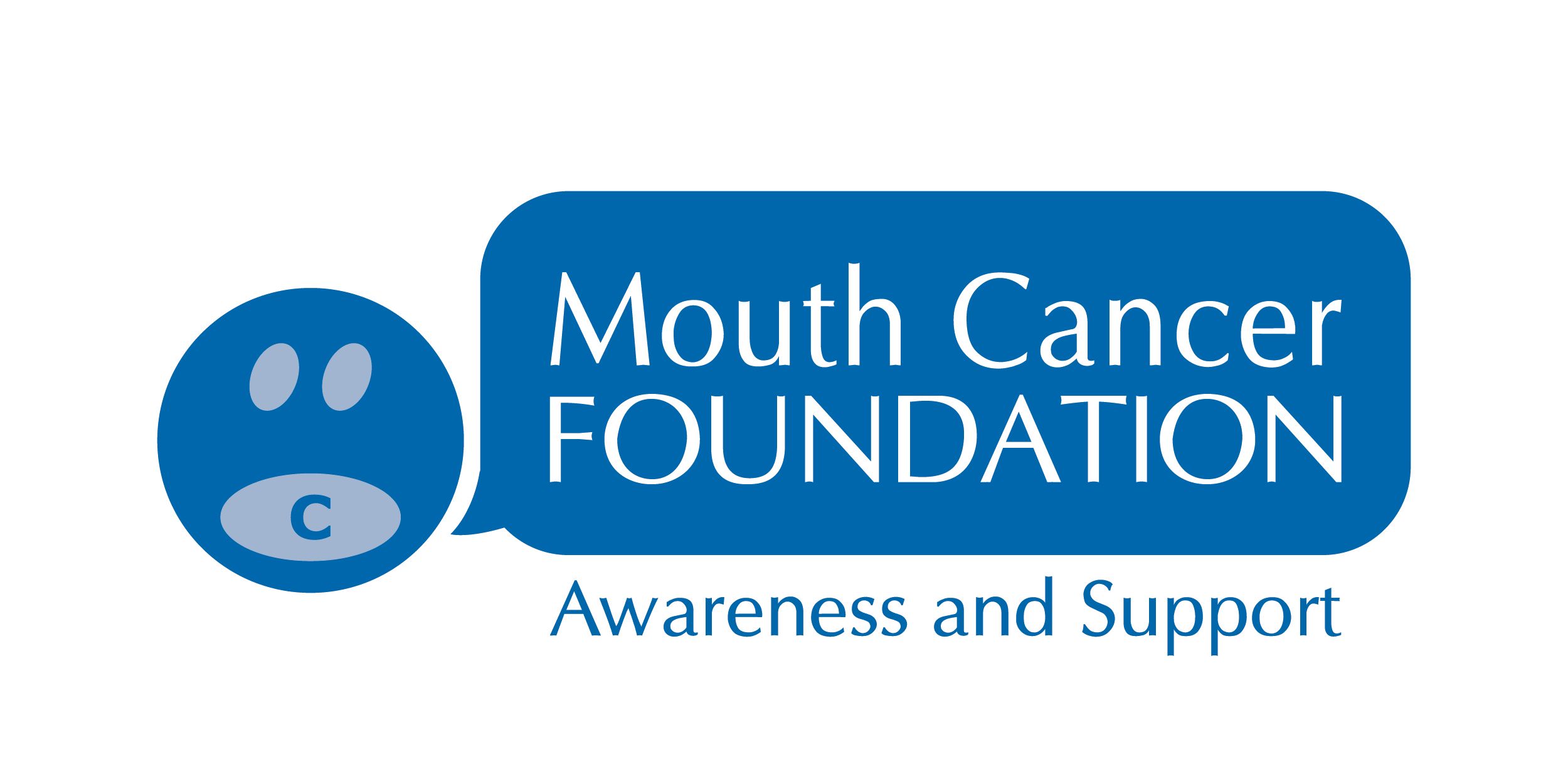Live from Dentistry Show London: Emotional Dentistry - Why feelings matter in the chair
)
Milad Shadrooh opened his session at Dentistry Show London 2025 with his trademark humour, assuring delegates that there would be no songs this time: “Don’t worry, I’m not singing today. If you came for a concert, the exits are clearly marked.”
What followed was engaging talk on the power of emotional dentistry — a subject rooted in psychology, communication, and empathy as much as clinical skill
Understanding the emotions behind the smile
With over 21 years in practice, Milad has learned that emotion plays a defining role in how patients make decisions about their dental care. “People are affected by how they feel when they walk into the clinic,” he explained. “It’s not just about function and health. It’s about self-esteem, confidence, and how they experience the care we deliver.”
Emotional dentistry, he said, is about blending clinical dentistry with psychology, communication and aesthetics to create a holistic, patient-centred journey. This approach doesn’t just improve patient experience – it builds trust, drives case acceptance, and changes how patients perceive dentistry itself.
Anxiety, comfort and shifting perceptions
Dentists have long faced the challenge of negative portrayals in popular culture. “The way dentistry is shown in the media hasn’t always helped,” Milad noted. “We have a duty to reduce fear and create positive memories.”
He shared a range of practical, everyday techniques to improve comfort and reduce anxiety:
- Sound of the drill: Use quieter handpieces, play music to mask sound. Worst case, even sing to distract anxious patients as a last resort!
- Injections: Hide the needle, use finer needles, apply topical anaesthetic, warm the anaesthetic, and inject slowly. Consider computer-assisted delivery systems to make the experience gentler.
- Gagging: Acknowledge and plan for it and above all, communicate calmly.
- Fear of the unknown: Patients hand over complete control in the chair. Trust and rapport are critical. Explain what will happen, gauge how much information each patient wants, and remind them they can stop treatment at any time.
These small changes, he said, are part of creating a positive emotional memory, something patients will associate with feeling safe and cared for.
Rapport is everything
“Rapport is the key to effective communication,” Milad stressed. Building it starts early – with a smile, eye contact, and finding common ground. But it doesn’t stop there. He described rapport-building as becoming a “chameleon”: adapting your communication style to match the patient’s pace, tone and energy.
Practical rapport-building tools included techniques such as mirroring and matching, where clinicians subtly reflect a patient’s posture, gestures and breathing rhythms to create a natural sense of alignment and ease. Paying close attention to physiology including facial expressions, stance and breathing can also help put patients at ease; for example, slowing your own breathing can gently encourage an anxious patient to relax.
In addition, adapting tonality and tempo by matching the speed, tone and rhythm of a patient’s speech fosters a subconscious sense of trust and connection, laying the foundation for more effective communication.
“The goal isn’t to mimic — it’s to make them feel understood,” he explained.
The power of questions and listening
To truly connect, Milad encourages clinicians to ask better questions. Not just what treatment patients want, but why. For example, how long have you been thinking about this? What made you decide to do something about it now and how has not having this treatment affected you? Finally ask, if you could wave a magic wand, what would you like your smile to look like?’
After asking, the key is to really listen empathically and summarise back what patients say. This, he explained, builds trust and helps patients connect emotionally with their own motivations — the “why” behind their treatment.
Creating an impeccable patient journey
Milad argued that emotional dentistry extends beyond the surgery itself. It encompasses clinic design, team presentation, and the patient journey from first enquiry to final smile.
“Every touchpoint matters,” he said. “The entire team needs to be emotionally intelligent. It’s about creating an experience that patients remember, not just a procedure they endure.”
This includes a well-groomed team, a warm welcome, clear communication, and a consistent, well-rehearsed journey at every stage. Storytelling also plays a powerful role, showing real patient journeys through photos or videos can inspire confidence and emotional connection.
Emotional impact of smile design
One of the most impactful parts of Milad’s talk was his focus on personalised mock-ups and their role in creating an emotional connection. “There’s nothing worse than thinking you’ve done a great job, only for the patient to be disappointed,” he said.
Mock-ups allow patients to see — and really fall in love with — the potential result. Showing before-and-after visuals on a big screen creates a “wow” moment. “It’s about making patients feel something,” he explained. “When they emotionally connect with the outcome, they’re far more engaged in the process.” Milad demonstrated how getting the patient to repeat their name and days of the week and then showing them mock-ups of what they would look like before and after treatment, can have real impact.
Changing perceptions, one smile at a time
Milad’s closing message was as powerful as it was simple: “To be trusted is a greater compliment than to be loved.”
By shifting the focus from procedures to people, from function to feeling, dental professionals can build stronger relationships, improve patient outcomes, and change the way dentistry is perceived in the UK.
Emotional dentistry isn’t about replacing clinical excellence; it’s about amplifying it through empathy, communication, and connection. For Milad, it’s this human touch that turns dentistry from a clinical service into a transformative experience.

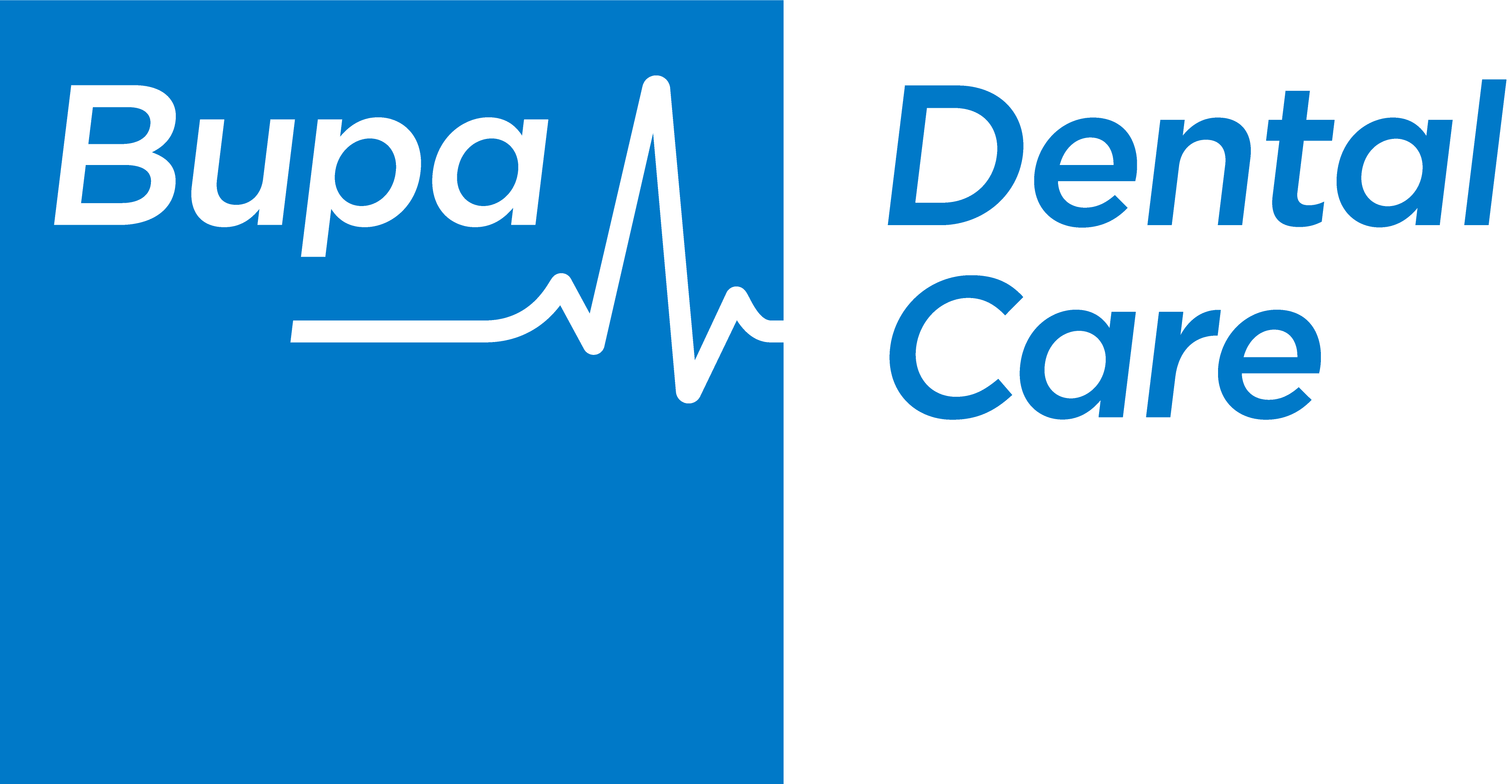


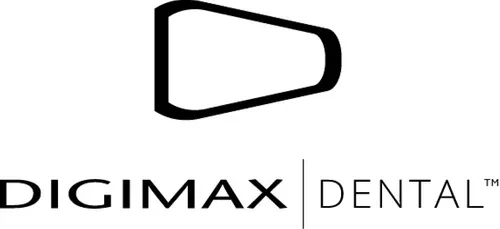

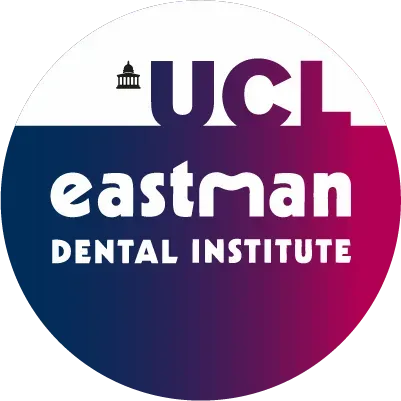










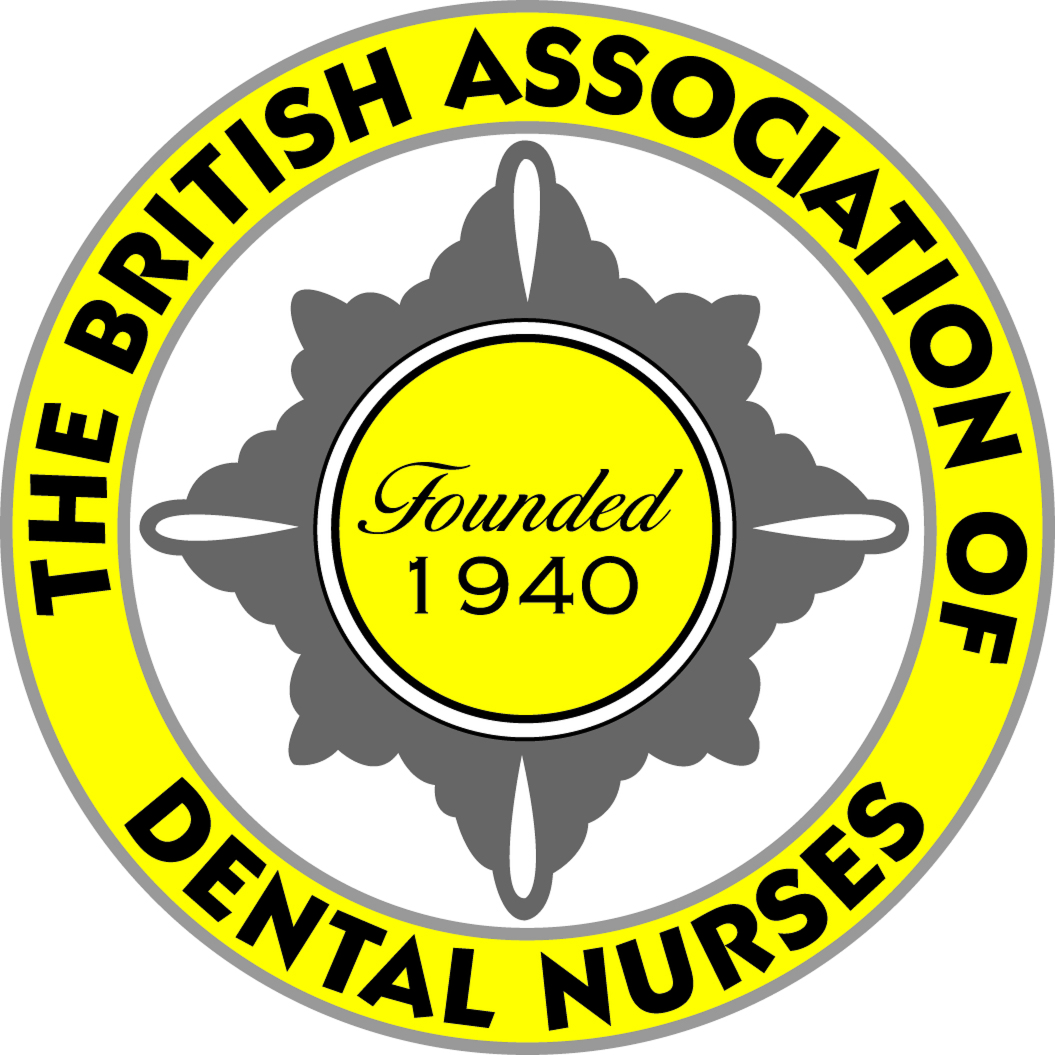
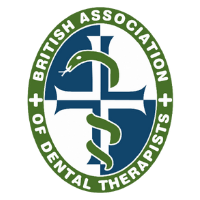

.jpg)


